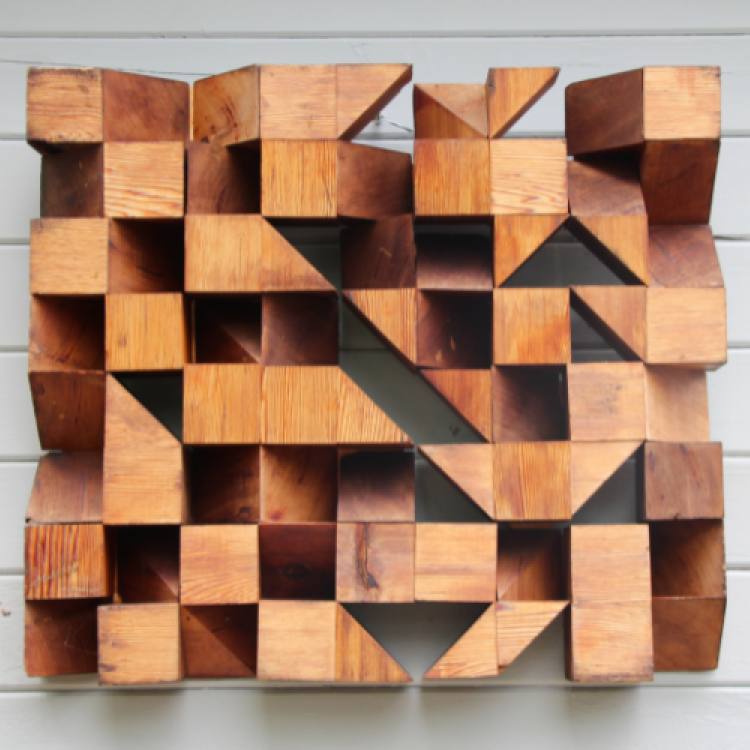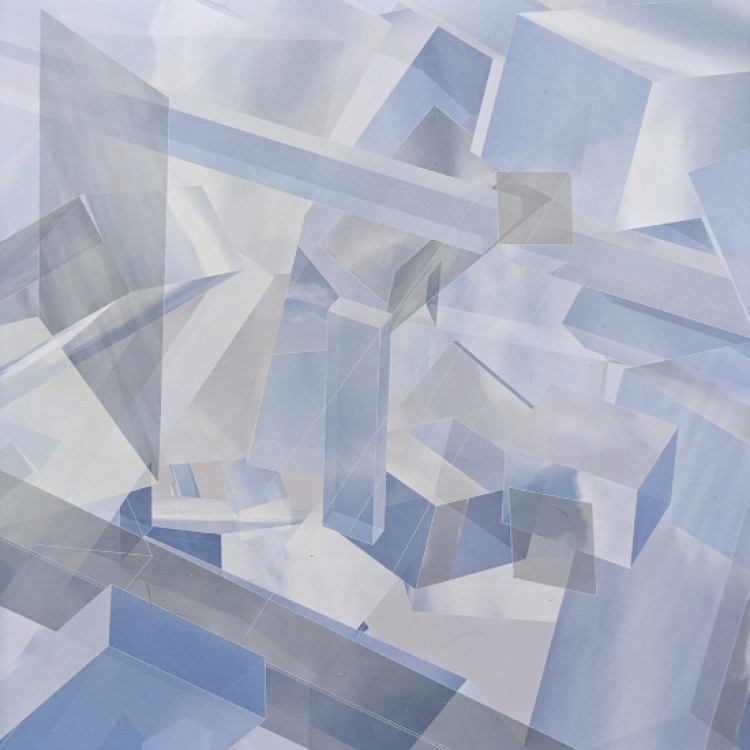Ephemeral Structures brings together three artists that grapple with the idea of structure in very different ways. In Martin Kimble’s pieces, structures are literally carved out of the surfaces. Organic forms emerge where material has been removed. In Susan Henry-Scott’s paintings, compositional structure is central to the work. Geometry and balance provide the framework supporting the abstract elements within her compositions. Mikael Sandblom’s work examines the structure of perception by bringing the viewer to the threshold between perceiving the illusion of an image and seeing the materials of the medium. Taken together, these artists demonstrate the wide range of diverse practices pursued by local artists.
The show ran March 2-April 3.
The Artists

Martin Kimble
Martin was born in 1947 in Sevenoaks England and immigrated to Canada with his parents at the age of six. He grew up in a variety of places in Ontario as his father followed his career.
Martin attended Lorne Park Secondary school, escaping to attend the Ontario College of Art where he majored in fine art and sculpture. Later in his tenure at the college, an opportunity presented itself to go to Tobermory, at the end of the Bruce Peninsula and start an art gallery with five other students. That was the birth of Circle Arts Gallery in 1969. His involvement ceased after two years but the gallery lived on for fifty more successful years.

Mikael Sandblom
Mikael Sandblom sees his body of work as a series of experiments, exploring the expressive potential of various materials and techniques. The starting point of the work is often photos of clouds or waves. Outlines, tracings, maps and diagrams are layered over these images in a way analogous to how we interpret and analyze our environment.
Learn more about Mikael Website

Susan Henry Scott
I have loved creating all of my life and often think back to my grade six teacher who allowed me to stay in at recess to paint and create instead of being told to go out and play. For me, “play” was that feeling of time standing still and the world around me disappearing, allowing me to focus on free creativity and expression. Splashing paint around or sculpting and squishing clay between my fingers was my “play.” I still have an undying gratitude for those understanding teachers, as I wouldn’t have continued to pursue my artistic endeavors without them.
















